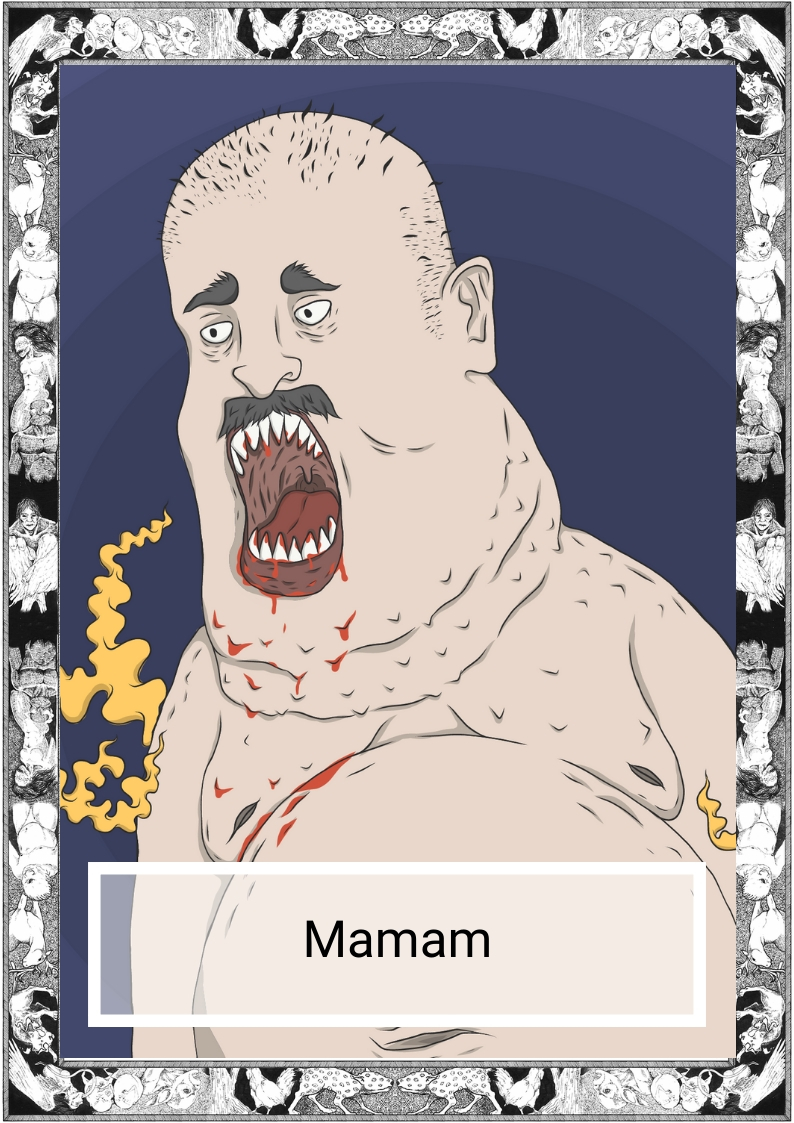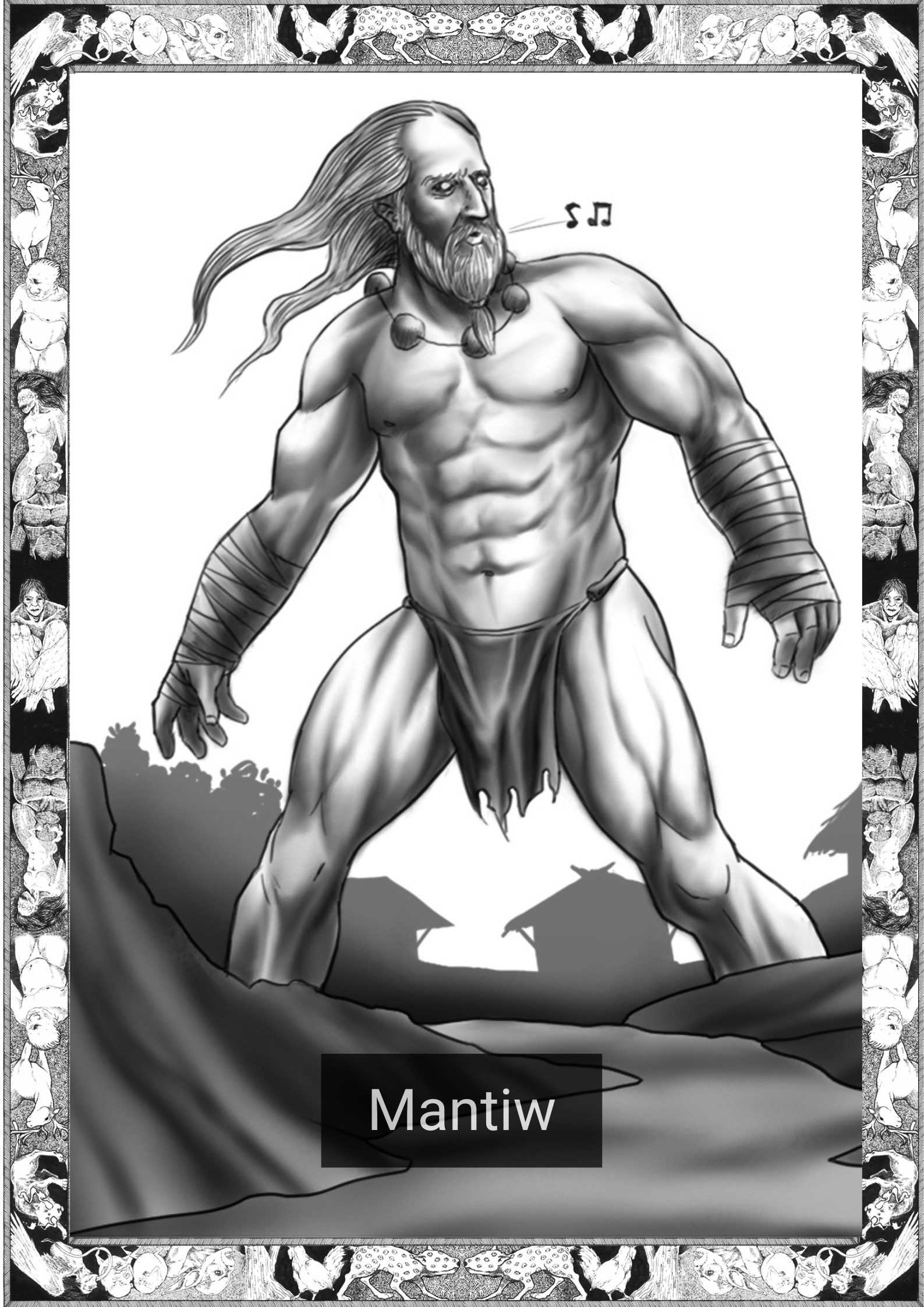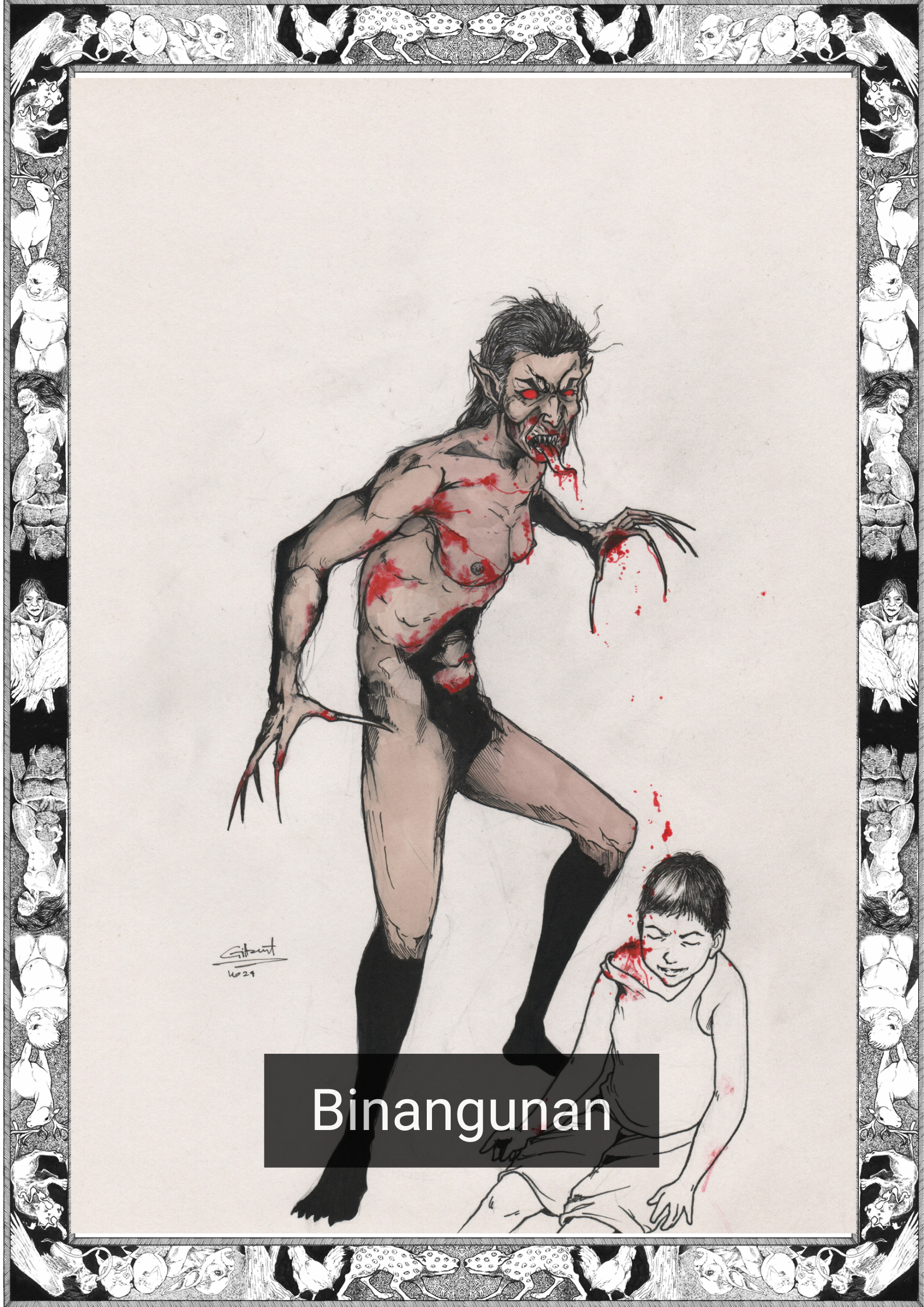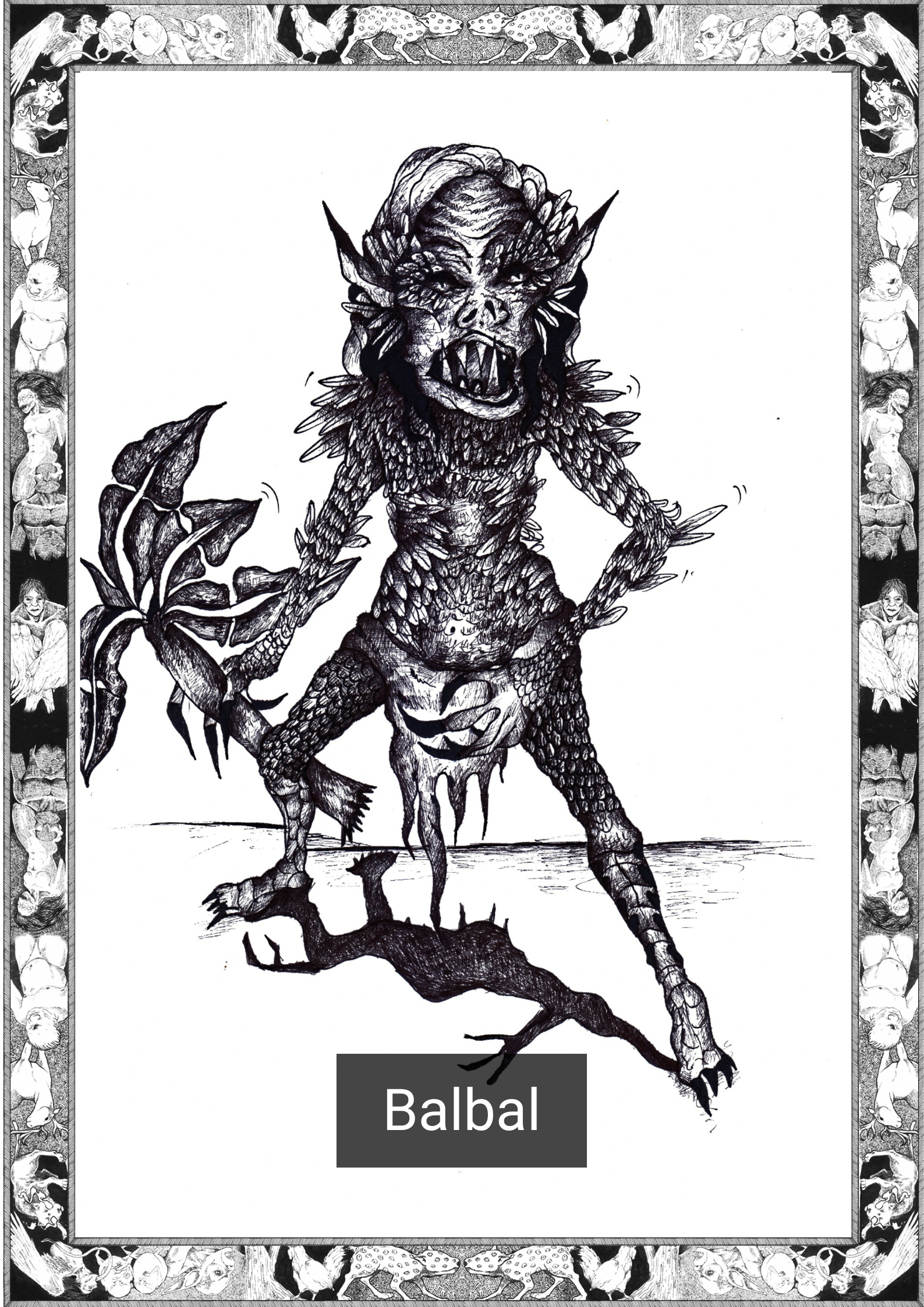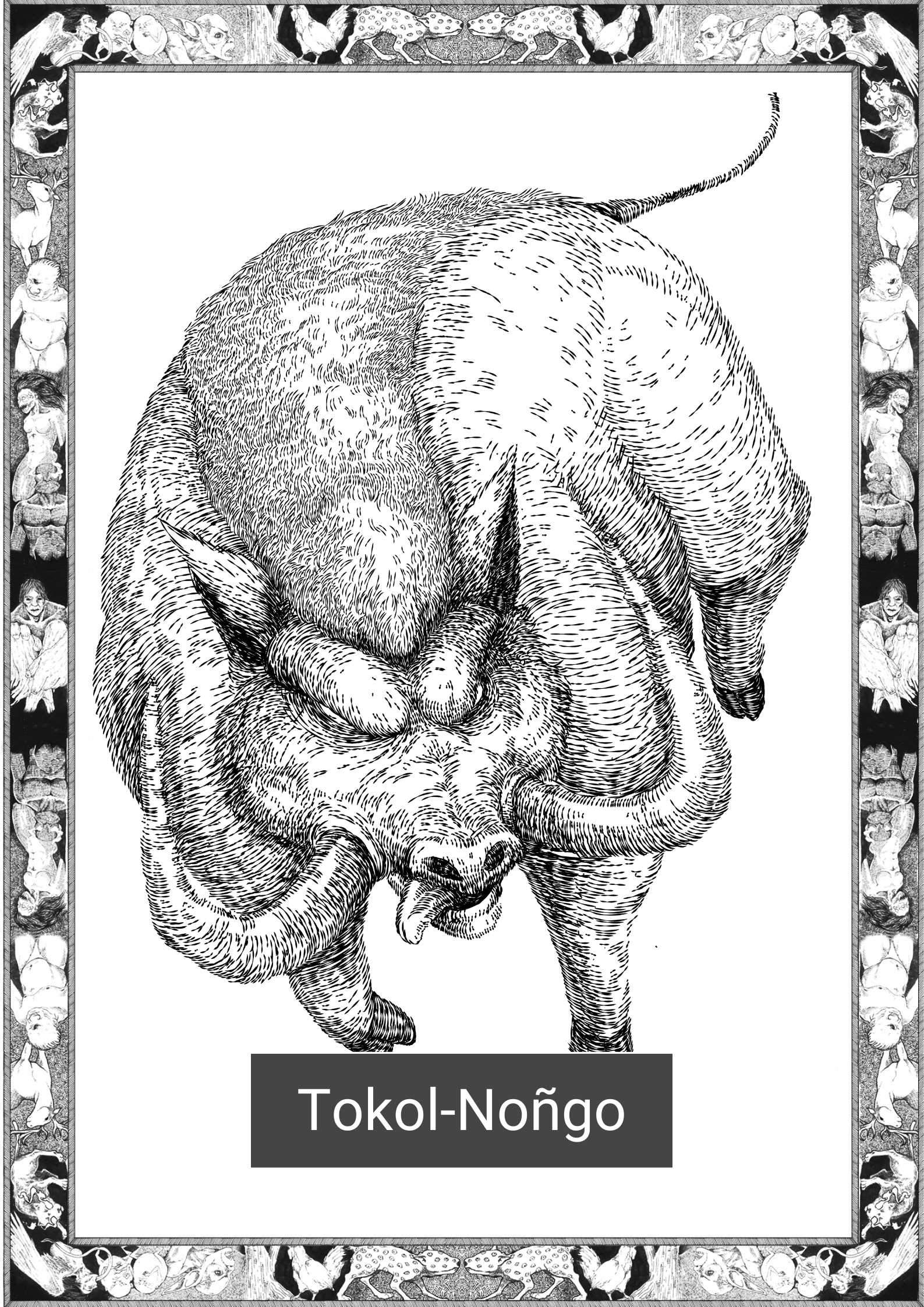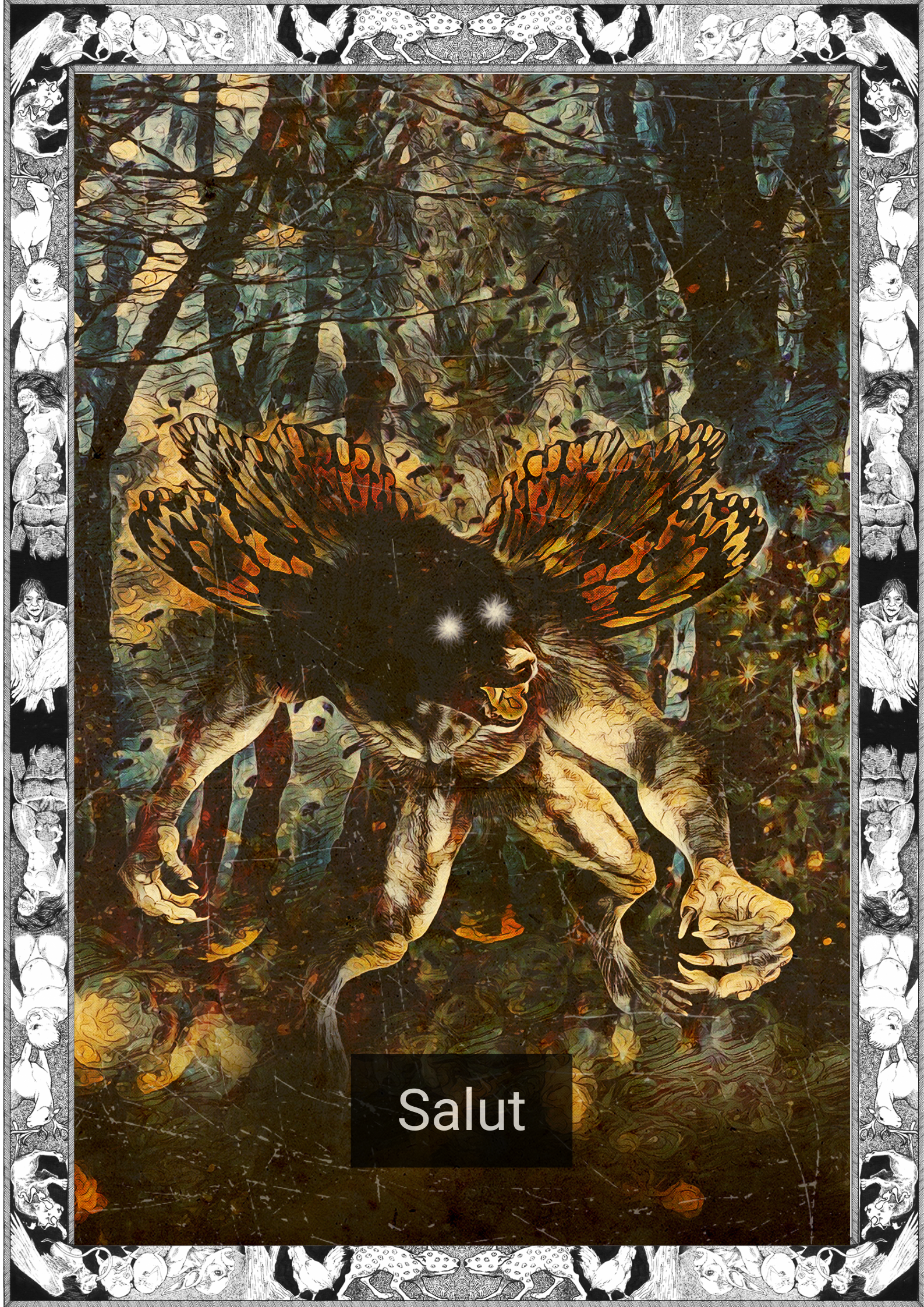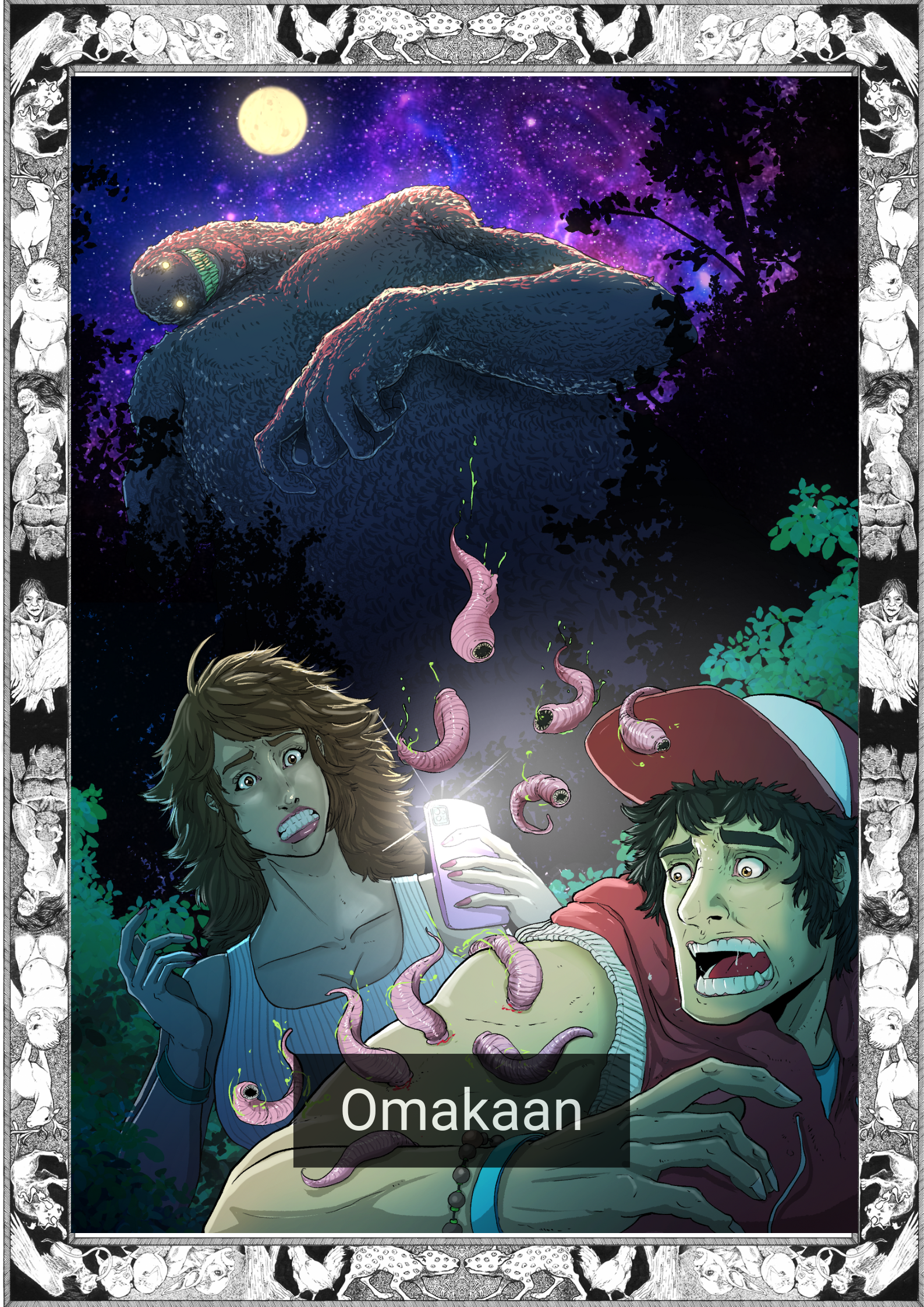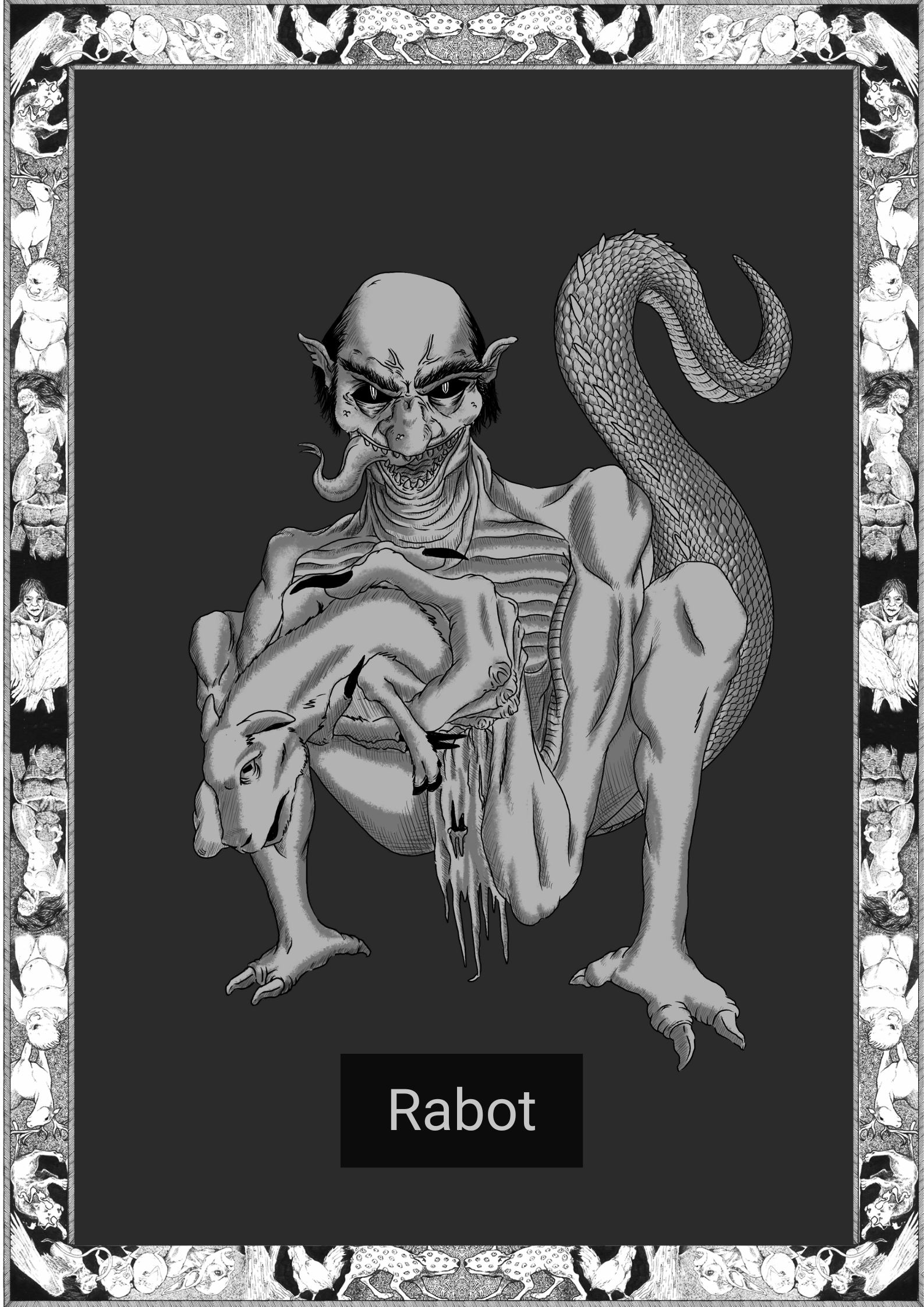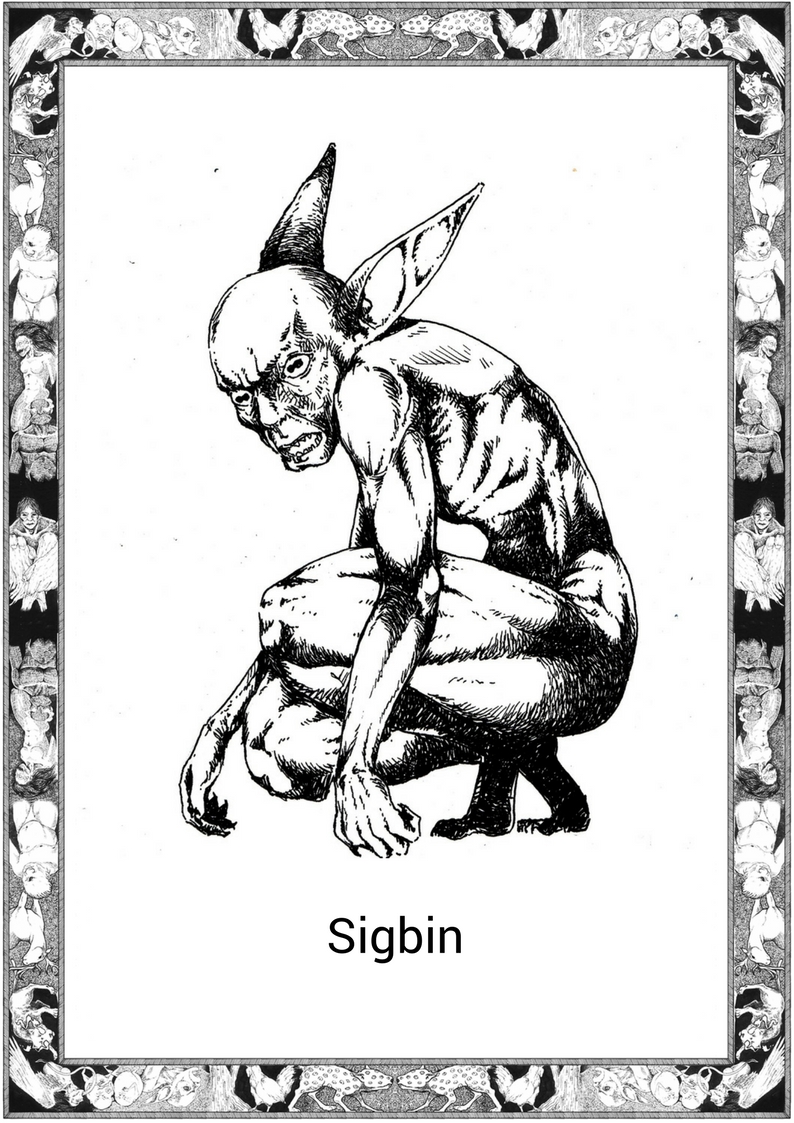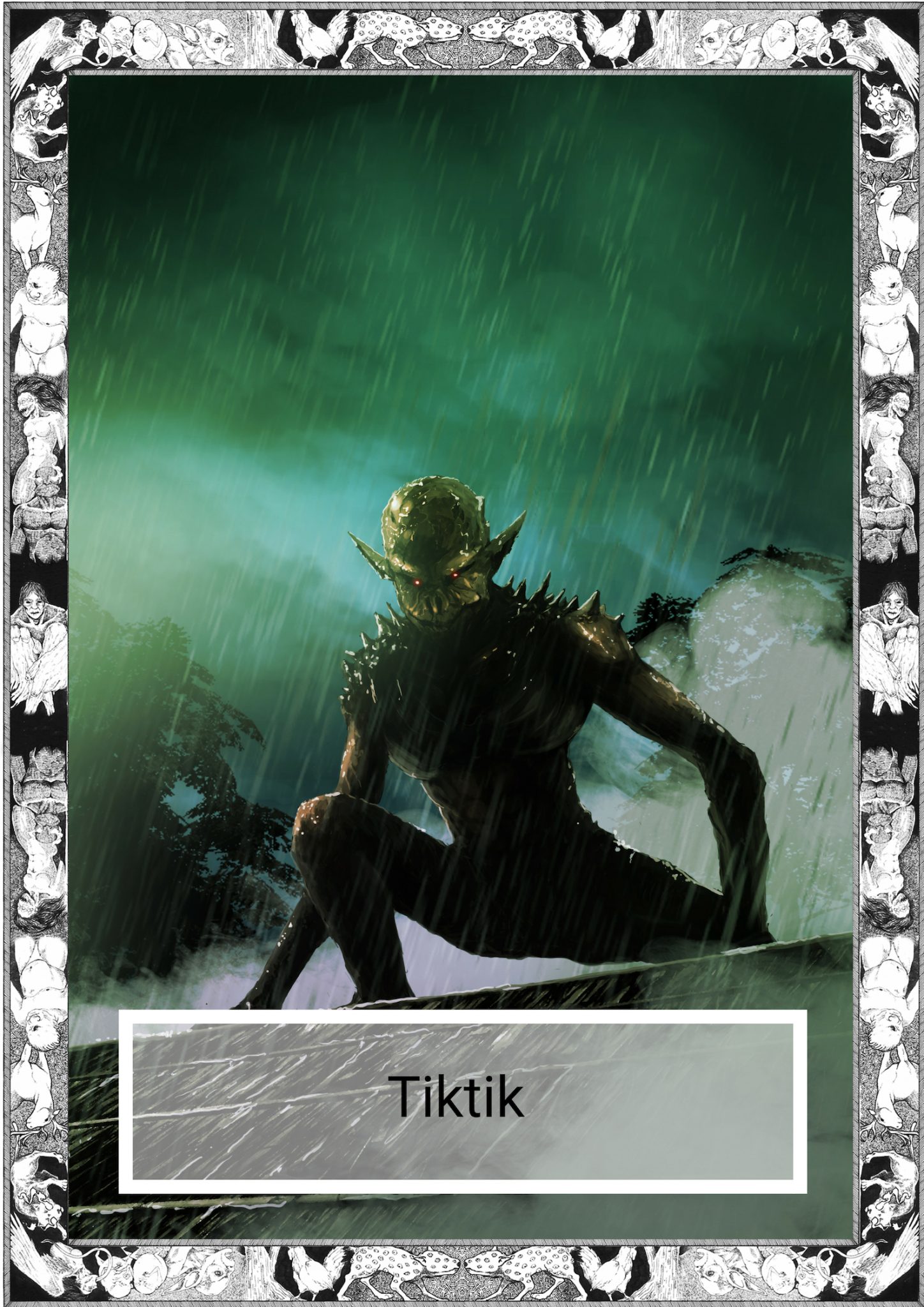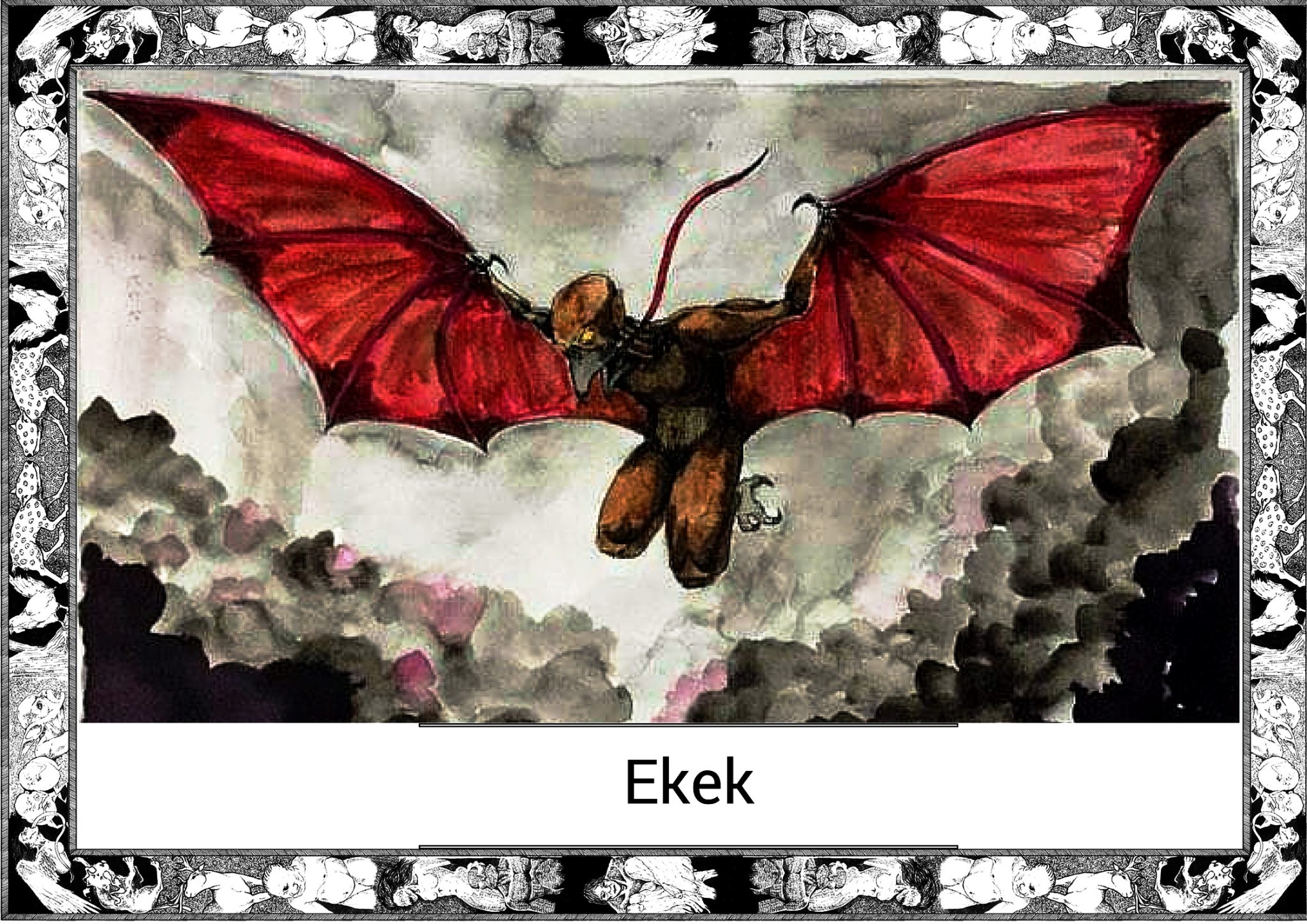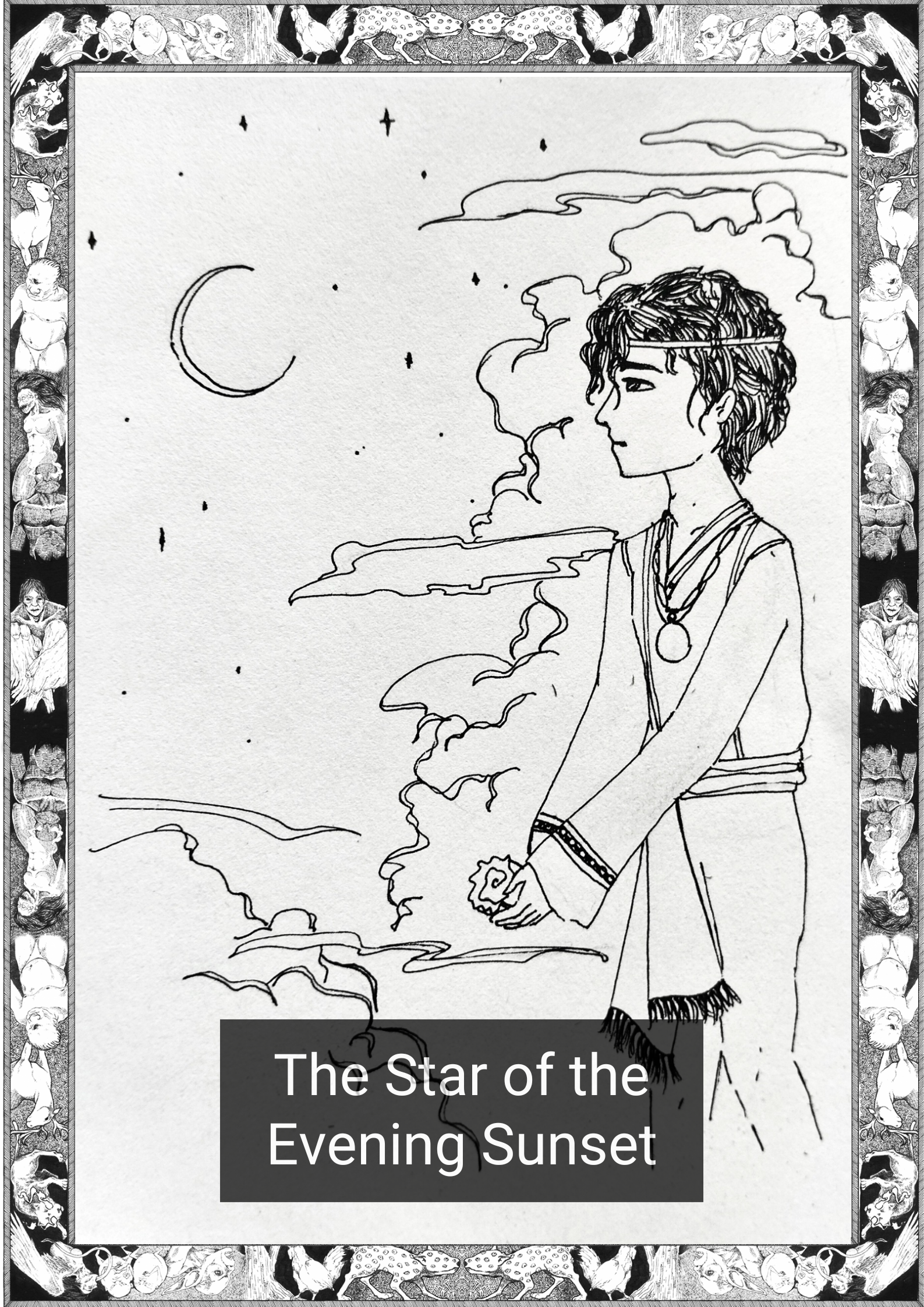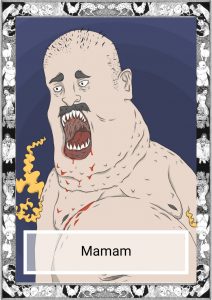
*Note this story is in Cebuano
Ang bulan, nahadlok musilak sa iyang kahayag, misibog luyo sa panganod.
Hingpit. Hunahuna ni Sonja. Unta wala pa sila magsugod nga wala ko.
Ang mga yuring tingog sulod sa baluyot nagkakusog, apan wala’y dili masulbad sa usa ka lasking patid.
Nasayod siya nga aduna’y panglamat nga iyang magamit pagpakatulog kanila, gibatokan ugaling kini niya. Kanunayng nagtuo si Sonja nga ang ginagmayng kahadlok makahimo’g mga katingalahan sa panglasa.
Ang alabtanan anaa sa usa ka kakahoyan sa hilit-hilit sa dakbayan. Sukad pa sa mga adlaw sa mga karaang gingharian magkitaay sila ug mag-inambitay sa bangaw. Usa kadto ka makapahimuot nga kasulian nga ang bangaw atol sa adlawng natawhan sa anak sa ulay.
Giguyod ni Sonja ang baluyot ngadto sa suloran sa kakahoyan. Buntagay ang bangaw ug dili siya buot murisgo. Iyang ibilin iyang mga bitiis sulod sa kakahoyan ug magasaulog tibuok gabii.
Ang nagabantay karon sa kakahoyan usa ka mangingilaw, “Layo man ka sa pinuy-anan,” ingon si Sonja.
“Muadto ko’g asa ko sangpita,” tubag niya.
“Unsa’y imong dala?” Giitsa ni Sonja ang baluyot sa tiilan sa higanti.
“Lab-ason.”
“Alang-alang, mao na’y ampay sa imong matang. Naulhi ba ko?”
“Dayon, manananggal, wala pa mi kasugod.”
Nangagho si Sonja sa kahumpay. Ang sinugdanang panumanan mao’y labing maanindot. Iyang gibilin iyang mga bitiis sa haduol nga kahoy ug miusbong paibabaw.
Didto mitipon siya sa panon, nagatulutuliyok ibabaw sa mga kahoy.
Di-maihap nga mga alibadut, abat, kubot, alan, bannog, magkukutud, kalibadut ug uban pang mga kahadlokang manglupad ang nanagpanglihok nga nanag-abay. Sa kawalad-on sa bulanong kahayag aduna lamang sila’y ilang panimuot nga mugabay kanila sa ilang daotanhong sayaw.
Uban niini ang magahob nga hugyaw sa mga yutan-ong dumuduaw sa gabii. Ang bungisngis, kiwig, ug kulukupap, pipila sa daghan, ang nanagpaulos sa ilang mga tingog alang sa kasaulogan.
Ang panumanan natapos samtang ang hari sa mangkukulam mipahaluna sa truno sa mga bukog ug dugo.
Natingala si Sonja kon unsa ka hapsay ang tanan, matag pundok aduna’y kaugalingong luna sa kakahoyan sa pagtigom og unod alang sa bangaw.
Buot siyang musulay sa lainlaing mga halad ug wala mahibalo og asa mag-una. Ang alimyon sa dugo gikan sa suok sa mga mandurugo nakapalaway kaniya, ang tinagingting sa kulon sa mga pirotso nagtimaila og lab-as nga kabataan, atua’y hugpong sa mga ulo sa saga-ih nga gangkap sa bug-os unod.
Aduna usab ing ‘kinabag-ong’ pag-isip sa mga kinadan-an: Kagumkumong dinuguan nga may pinirito’g ayo nga tinai, tudlo ug kalimutaw ug mga nagauros-uros nga kasingkasing nga may sinalsang utok.
Nagkagutom si Sonja sa matag gutlo ug gipili niya ang dapit tupad kaniya diin ang tigabulak nagbarog. Nagatindog kini atubangan sa talad nga aduna’y dakong tadtaran ug kutsilyo. Mga singgit sa tabang ang nagaaningal sa baluyot likod kaniya nga nakapasadya kang Sonja. Kining unorang pagkalab-as nga hinikay sa tigabulak makaon-kaon gayod unya, gipapili pa ngani niya si Sonja og haing bataa ang iya.
Samtang mitudlo si Sonja sa gamayng babayi, mga lima ka tuig, usa ka kaguliyang ang nagdalugdog duol kaniya.
Ang tigabulak, tataw nga naitok, miingon, “Kinsa’y nagdapit ‘ana dinhi?”
Milupad si Sonja aron tan-awon kon unsa’y nahitabo ug iya dayong nailhan ang mamam, nagasampak sa iyang dalan latas sa bangaw.
Sukad-sukad sa panghitabo mga pila ka bulan niadto, tanan sa mga kahadlokan ang mihanayak pagtago sa bangaw gikan sa mamam, tingali unya og ang kasaulogan mahimong katalagman.
Ang ubang mga higanti ingon sa mangingilaw ug timu-timu namugong-pugong niini, apan ang binuhat di-mapugngan og pagkaon na’y ibayang atubang niini. Dili ngani kini muundang batok sa isigkasapat.
Makita ni Sonja nga isigpangikyas na ang kadaghanan, dala ang ilang bahin sa bangaw uban kanila. Miudyong pa ngani ang usa ka alan labay kaniya, dala ang usa ka gamayng bata.
Kinabuot mao’y nagsugyot kang Sonja nga angay siyang mudalagan og halayo ug madagmit, apan dili niya mapalagiw iyang mata gikan sa talan-awon.
Usa na ka takna sukad ang mamam nagsugod sa iyang pangdagmal. Ang dugoang mga patay nga lawas sa mga bungisngis ug ogro nagdayandayan sa pagpamatay. Kadtong mga nanagpabilin aron bantayan ilang pagkaon nakig-away sa usa ka pildihonong gubat.
Ang mamam wala’y nailhang pag-unong gawas sa kagusla.
Aswang o tawo, gikaon niya kining tanan.
Makita ni Sonja nga aduna’y mga utokang tawo ang nanagpahimulos sa kagubot ug nanagpanalagan alang sa ilang kinabuhi. May mabdos pang babayi ang nakasuot ngadto sa kalasangan samtang nalingag iyang tigdakop nga wakwak.
Wala’y kusog ni panglamat ang makapaundang niini. Ang hari sa mangkukulam nagsugo sa iyang mga babaylan nga manulay pagpahamtang og kasakit sa maong binuhat apan nakapasamot lamang kini sa iyang kagutom. Duha ka mangkukulam ang nahadangat sa ilang kataposan sa dihang gilamoy sila sa mamam og tibuok.
Sa hinagdawan ang mamam mibarog. Wala’y minatay, wala’y bukog aron sa pagtimaan sa agi sa iyang paglabay.
Gipanguha ni Sonja ang mga pinamatay ug mikalagiw ngadto sa iyang mga bitiis, ang iyang tiyan haw-ang sa gabii sa bangaw.
=———————————–=
English Version
The moon, afraid to shine its light, retreated behind the clouds.
Perfect. Sonja thought. I hope they didn’t start without me.
The muffled voices inside the bag were starting to get louder, but nothing a swift kick wouldn’t fix. She knew there was magic that she could use to put them to sleep, she decided against it though. Sonja always thought that a little fear did wonders for flavor.
The meeting spot was in a grove in the outskirts of the city. Since the days of the old kingdoms they would meet and share in the feast. It was an amusing irony that the feast was on the same day as the birth of the virgin’s child.
Sonja dragged the sack to the entrance of the grove. The feast would take all night and she didn’t want to take any risks. She would leave her legs inside the grove and celebrate throughout the night.
Guarding the grove this time was a mangingilaw. “You’re far from home,” Sonja said.
“I go where I am invited,” he replied.
“What did you bring?” Sonja tossed the bag to the giant’s feet.
“Something raw.”
“Of course, that’s what your kind likes. Am I late?”
“Enter, mananaggal, we have not yet started.”
Sonja sighed with relief. The opening ceremony was the best part. She left her legs by a nearby tree and soared upwards.
There she joined the flock, swirling above the trees.
Countless alibadut, abat, kubot, alan, bannog, magkukutud, kalibadut and other flying horrors moved in tandem. Without moonlight they only had their intuition to guide their sinister dance.
Accompanying this was the raucous roar of the terrestrial guests of the night. The bungisngis, kiwig and kulukupap, among many others, lent their voices to the celebration.
The ceremony ended as the king of the mangkukulam took his place on the throne of bones and blood.
Sonja was surprised how orderly everything was, each group had their own space in the grove to gather meat for the feast.
She wanted to try the different offerings and didn’t know where to start. The scent of blood from the mandurugo corner made her salivate, the clang from the pirotso’s pot signaled fresh children, there was a collection of heads by the saga-ih complete with the flesh intact.
There were also more ‘modern’ takes on the classics: Crispy dinuguan with deep fried lamang-loob, finger and eyeball bulalo and sizzling hearts with brain sauce.
Sonja was getting hungrier by the minute and she chose the spot beside her where a tigabulak stood. He was standing in front of a table with a large cutting board and a cleaver. Cries of help were echoing from the sack behind him, filling Sonja with glee. Such fresh meat prepared by a tigabulak would be quite a delicacy, he even let Sonja choose which child.
As Sonja was pointing to a small girl, about five years old, a commotion was thundering near her.
The tigabulak, visibly annoyed, said, “Who invited that here?”
Sonja flew up to see what was happening and she immediately recognized the mamam, pushing its way through the feast.
Ever since the incident many moons ago, all of the horrors decided to hide the feast from the mamam, lest the celebration turn into disaster.
The other giants like the mangingilaw and timu-timu were trying to hold it off, but the creature was unstoppable once food was placed in front of him. It would not even stop against a fellow halimaw.
Sonja could see that most were already trying to escape, taking their share of the feast with them. An alan even darted past her, carrying a small child.
Instinct told Sonja that she should run far and run fast, but she couldn’t take her eyes away from the spectacle.
It had been an hour since the mamam started its rampage. The bloodied corpses of the bungisngis and ogro decorating the slaughter. Those that stayed to guard their food were fighting a losing battle.
The mamam knew no allegiance apart from hunger.
Aswang or human, it ate them all the same.
Sonja could see clever humans taking advantage of the chaos and running for their lives. A pregnant woman even managed to slip into the forest while her wak-wak captor was distracted.
No might or magic could stop it. The king of the mangkukulam had his witches try inflicting pain on the creature but that only seemed to make it even hungrier. Two mangkukulam met their end when the mamam swallowed them whole.
In the aftermath the mamam stood. No corpses, no bones to mark the trail of its passing.
Sonja took in the carnage and fled to her legs, her stomach empty on the night of the feast.
*The Cebuano language, alternatively called Cebuan and also often colloquially albeit informally referred to by most of its speakers simply as Bisaya (“Visayan”, not to be confused with other Visayan languages nor Brunei Bisaya language), is an Austronesian regional language spoken in the Philippines by about 21 million people, mostly in Central Visayas, western parts of Eastern Visayas and most parts of Mindanao, most of whom belong to various Visayan ethnolingusitic groups, mainly the Cebuanos. It is the by far the most widely spoken of the Visayan languages, which are in turn part of wider the Philippine languages. The reference to the language as Bisaya is not encouraged anymore by linguists due to the many languages within the Visayan language group that may be confused with the term.
Written by Karl Gaverza
Cebuano Translation by Francis Triexl Kyle Gobi
Copyright © Karl Gaverza
Translation Copyright © Francis Triexl Kyle Gobi
Inspired by the Mamam description in Bikol Beliefs and Folkways: A Showcase of Tradition. Nasayao 2010.
Mamam Illustration by Jesus Miguel Ofalsa
